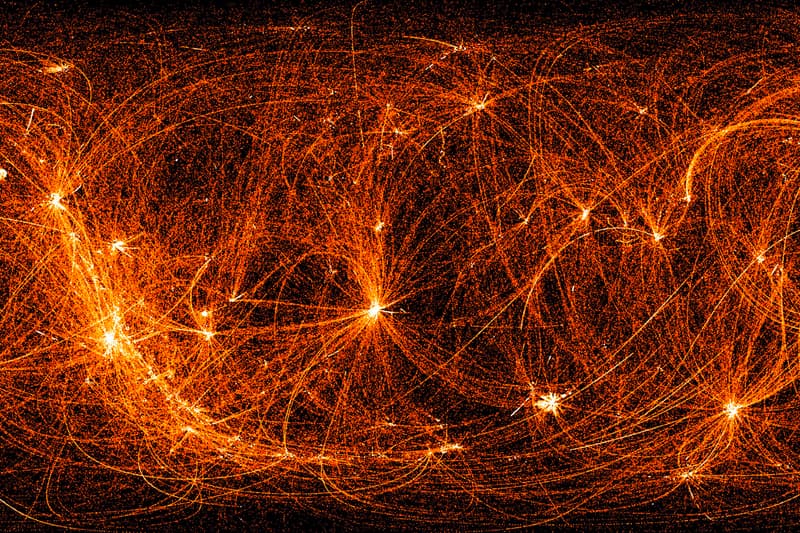NASA Releases a Mesmerizing X-Ray Image of the Night Sky
Part of its initiative to build a GPS for space travel.
In 2013, NASA started its NICER — Neutron star Interior Composition Explorer — project, which, as the name suggests, aims at discovering the composition of a neutron star’s core. The mission involves attaching a cube-shaped instrument to the International Space Station which can track pulsar targets and the X-ray radiation they emit. Now, NASA has published an image taken by NICER which shows all the X-ray activity in our night sky over the course of 22 months, and the result is mesmerizing.
“Even with minimal processing, this image reveals the Cygnus Loop, a supernova remnant about 90 light-years across and thought to be 5,000 to 8,000 years old,” said NASA astrophysicist Keith Gendreau, who leads NICER’s imaging team. “We’re gradually building up a new X-ray image of the whole sky, and it’s possible NICER’s nighttime sweeps will uncover previously unknown sources.”
By scanning these sources of X-rays, NASA scientists can gain a better understanding of the starting-points of energy themselves, known as pulsars. NASA said that understanding pulsars can immensely help future space navigation, building up a sort of “GPS system in space.”
And for more things space related, NASA recently revealed plans to build a Moon base.















